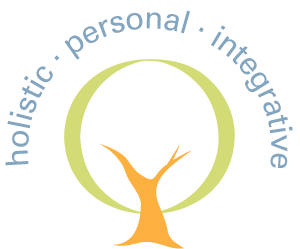Facial Paralysis and Bells Palsy
Check out our Facial Paralysis website at http://bellspalsynyc.com/
Check out our brochure for more information
It is possible to retrain and regain a better smile, oral-motor functions and facial expressions!
What is Facial Neuromuscular retraining?
A comprehensive program to retrain the brain, nerves and muscles to control facial movement and expression after Facial Paralysis. Based on neuroplasticity and motor learning principles, one can learn to reinforce correct movements and inhibit aberrant movement patterns.
Who may Benefit?
Injury to the seventh cranial nerve (the facial nerve) can result in a myriad of facial dysfunctions including facial paralysis, weakness and synkinesis. Even after many years since the initial insult, facial neuromuscular retraining can be very effective.
● Bell’s Palsy
● Ramsay Hunt Syndrome
● Congenital facial paralysis
● Lyme disease
● Surgical removal of Acoustic Neuromas, facial nerve or parotid tumors
● Trauma – skull fractures, facial lacerations or surgeries resulting in insult to the facial nerve
● After facial reanimation surgery
Facial Neuromuscular Retraining includes:
● Education of facial nerve and muscle anatomy and how facial expressions are created
● Learn about the stages of recovery from facial paralysis
● Understand how and why facial synkinesis impacts your facial muscles and expressions
● Facial self awareness. Tune in to how your face really feels and moves
● Massage and soft tissue mobilization of tight muscles of the face and neck
● Myofascial release to the face and neck
● Stretches specific to each facial muscle
● Eye care—tips and strategies to protect your eye, prevent dryness and eye irritation and promote full eye closure
● Facial movement retraining on each distinctive facial expression to facilitate the precise movement and inhibit aberrant movements
● Oral-motor training to facilitate improvements in eating, drinking and speech
● Relaxation and Mindfulness training
● Biofeedback training
● Self care tips
● Close collaboration with treating physician. Neuromuscular retraining coordinated with Botox injections as needed
Facial Neuromuscular training CAN HELP:
APPEARANCE
● Smile symmetry
● Eye closure (if not yet able)
● Facial symmetry at rest and with facial expressions
● Reduce intensity of synkinesis (eye closure with mouth movements, cheek twitches with eye closure or other patterns of abnormal facial movements)
PHYSICAL AND EMOTIONAL COMFORT
● Reduce facial tightness
● Decrease eye irritation
● Feel more comfortable being in photos with family and friends
● Improve social confidence with eating and drinking
MOVEMENT AND FUNCTION
● Improve facial muscle strength and control
● Movement control for facial expressions
● Eat and drink with increased ease
● Enhance ability and confidence to speak and communicate
Dedicated to holistic patient care, Leah focuses on helping, teaching and empowering patients to restore and control facial movement and symmetry, enabling improved quality of life.

 © copyright 2015 Segelov Physical Therapy, PLLC. All rights reserved.
© copyright 2015 Segelov Physical Therapy, PLLC. All rights reserved.